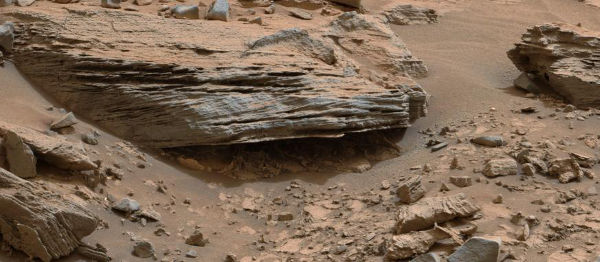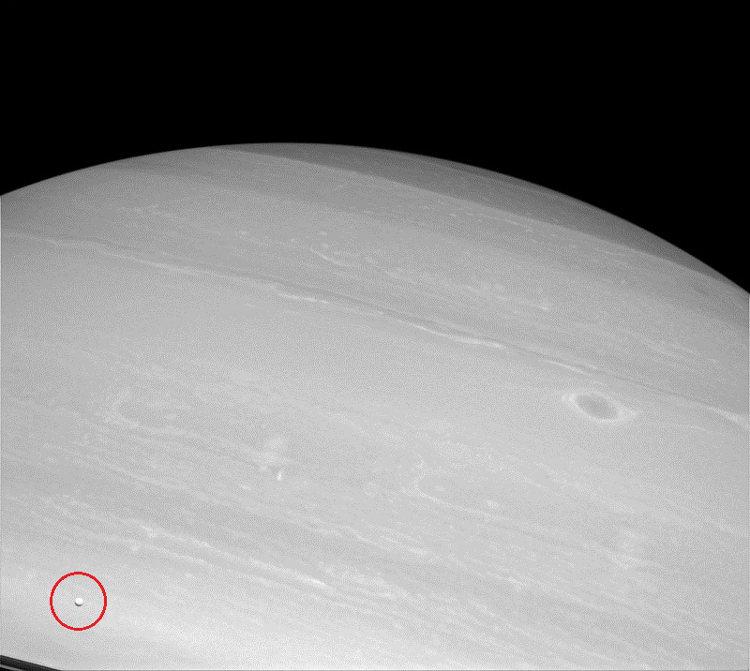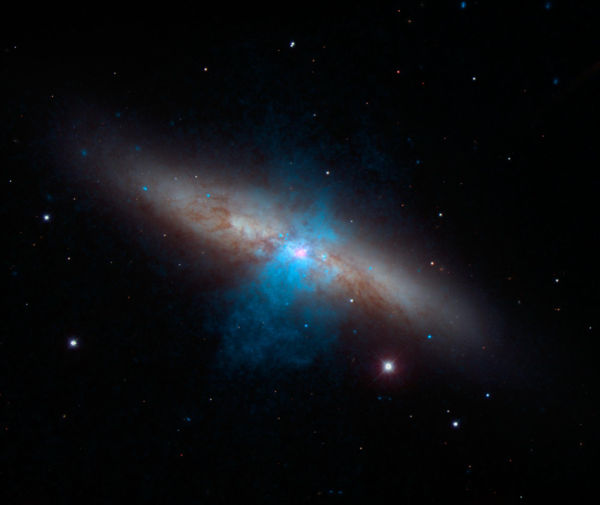
Curiosity rover captured this rock formation at an area called “Whale Rock” near the base of Mount Sharp. We see similar rocks formed by moving water here on Earth. NASA scientists believe that the cross-bedding seen in the above picture from Mars also points to a time in the planet’s past when water was present and waves may have loosened sediment and created this type of rock formation. This picture was taken by Curiosity’s Mast Camera (Mastcam).



